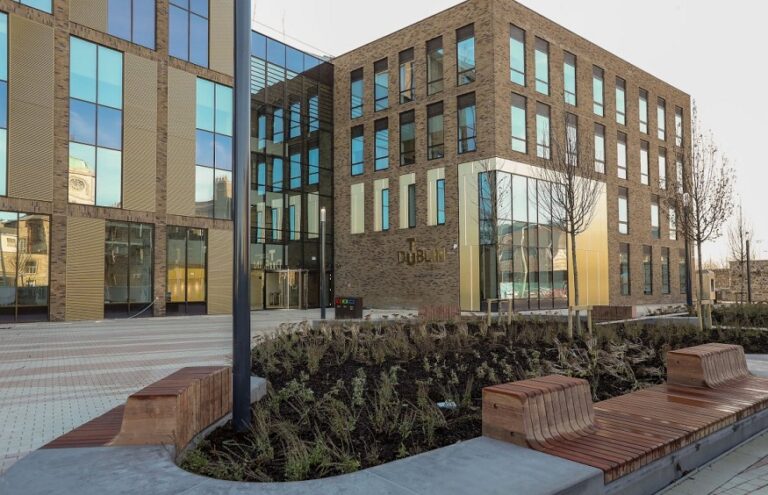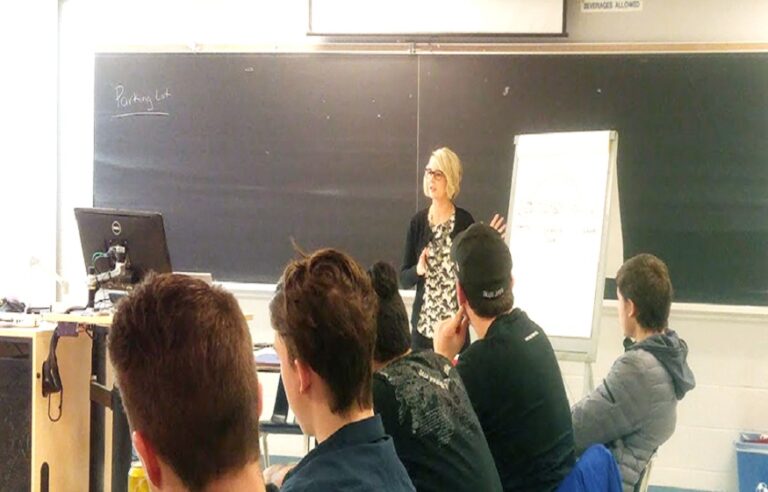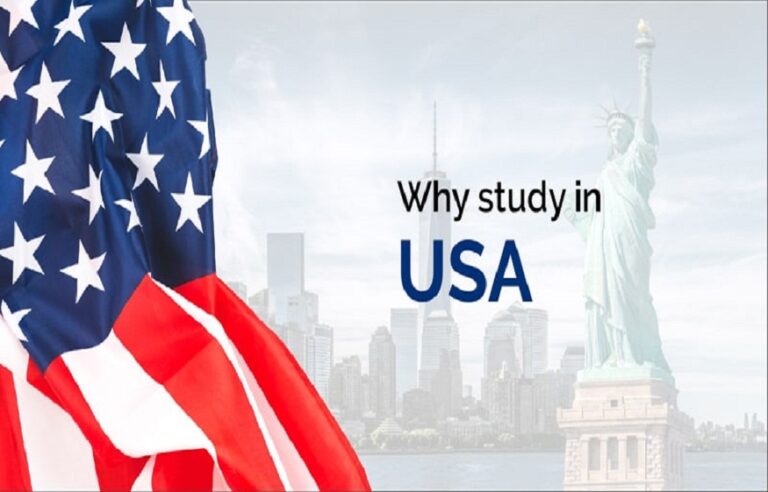Where do foreign students come from [1] ? Mainly from Morocco (41,729 students, i.e. 23% increase over five years), Algeria (31,196 students, +9% compared to 2018), China (28,436 students, -6% over five years), Italy (14,692) and Tunisia (13,025). With 5,591 students enrolled in France, India made a big leap of 130% compared to the 2013-2018 period. France also attracts many more Ivorian students who, in five years, have increased their number by 77% in French establishments.
Attractive universities
First choice of foreign students, French universities continue to bring together the vast majority of them . According to the figures published by the Ministry of Higher Education and Research (MESRI) [1] , in 2018-2019, there were 246,890 enrolled in our faculties, i.e. 69% of all establishments. of higher education.
Undergraduate students are the most numerous (122,086), followed by those enrolled in masters (101,330) then doctoral students (23,474). But when we look at the proportion of all registered students, it is by far at doctoral level that they are the most present (41%), then at master’s (17%) and finally only at license level (12 %). However, these figures could change in view of the increases observed between 2015 and 2018: the number of undergraduate students increased by 18%, while those enrolled in doctorates decreased (-4%) .
Registration fees for foreign students: the sling of universities continues
A “regular drop in the number of foreign doctoral students in France” (-8% in five years), which according to Campus France , can be explained in particular by “the shortening of the duration of theses, in particular in the field of so-called ‘exact sciences ‘, but also by a decrease in the number of first doctoral registrations”.
A trend that should be confirmed by 2026: in a note devoted to the state of scientific employment in France published in 2018, the MESRI thus estimates that the total number of doctoral students enrolled at the university, national as foreigners, should reach 52,000 within six years, compared to 73,500 in 2017-2018.
Large variations between universities
However, these general figures hide very large differences between the admission policies of universities . Thus, the universities of Paris 8 Vincennes-Saint-Denis , Paris 3 Sorbonne-Nouvelle and Strasbourg account for 24.29% respectively; 23.67% and 18.91% of foreign students, while the universities of Nantes and Bretagne-Sud register barely 6%.
If the universities of Vincennes St-Denis, Sorbonne-Nouvelle and Sorbonne University continue to share the top of the basket year after year, a dozen or so provincial universities recorded a gradual but constant increase in their foreign enrollments between 2008 and 2018 . This is particularly the case for Lyon 3-Jean Moulin and the Hauts-de-France polytechnic university , which have seen their international contingent increase by seven points in ten years, with 19% and 16% respectively.
On the other hand, Paris Sud shows a significant drop in its foreign contingent: the university welcomed 1,876 foreign students in 2018, compared to 3,826 in 2014 and 3,902 in 2008. A phenomenon which would however have an explanation: if the merger into the University of Paris- Saclay has only been officially effective since January 1, 2020, masters and doctorates, which concentrate most of the international attractiveness, have been shared within the university complex since 2015. It remains to be seen whether the new university complex will consequence of attracting new registrations outside our borders.
The “Welcome to France” strategy
This system was launched by the government in November 2018, to “attract more foreign students”. Objective: welcome half a million foreign students by 2027 and promote the departure abroad of more students, within the framework of university exchanges or diploma mobility.
The strategy is based in particular on a series of measures, such as the Welcome to France label, and on a simplified visa policy. But, it was also controversial since it proposed the establishment of differentiated registration fees for non-European students- fees could be multiplied by 10 or 15 compared to French students.
This measure has been strongly criticized by many players in higher education. It was also challenged by the Constitutional Council in October 2019 , by enacting the principle of free education at the university.













+ There are no comments
Add yours